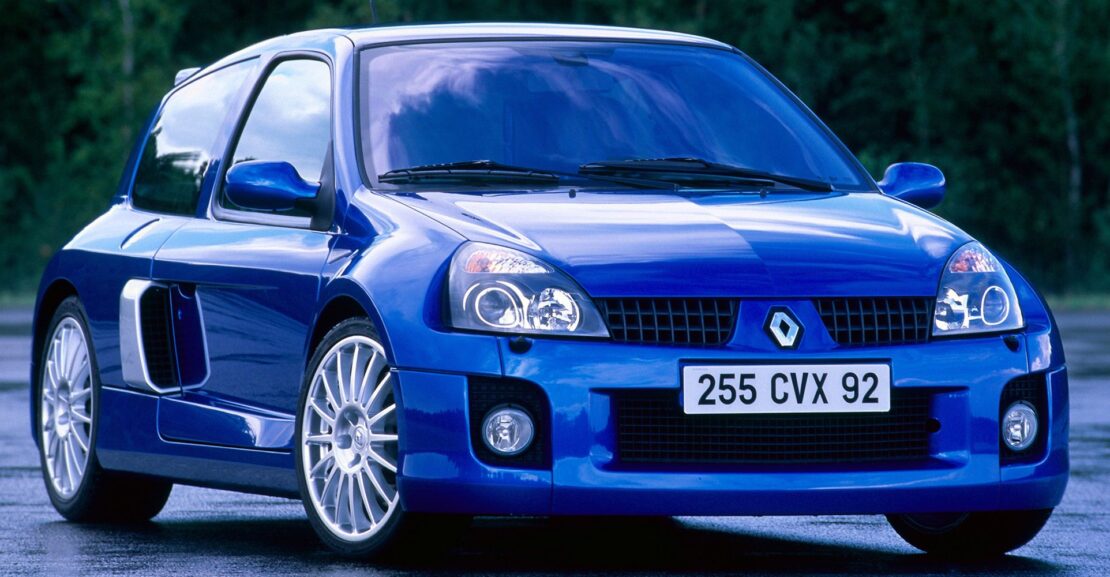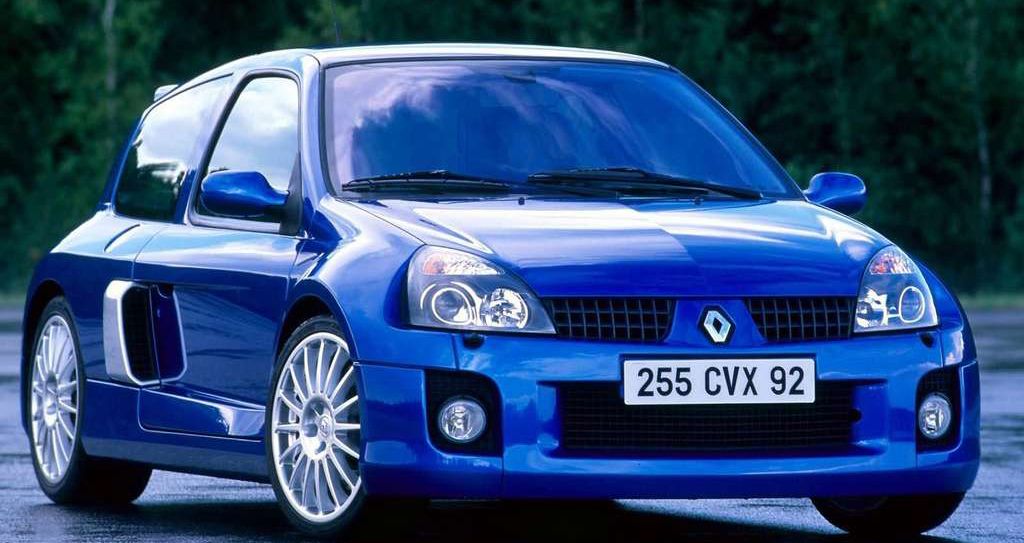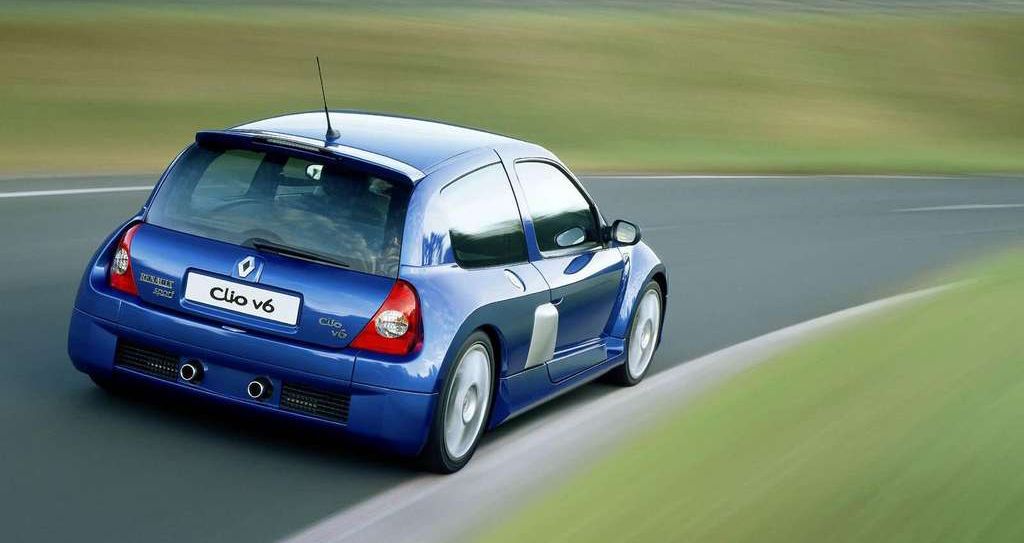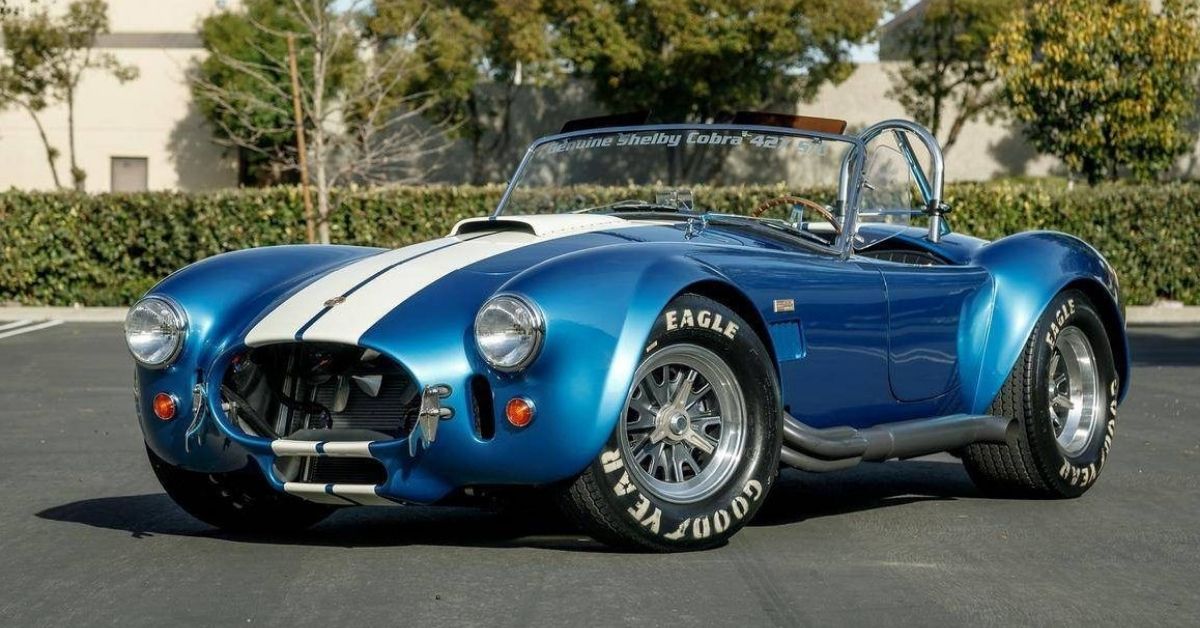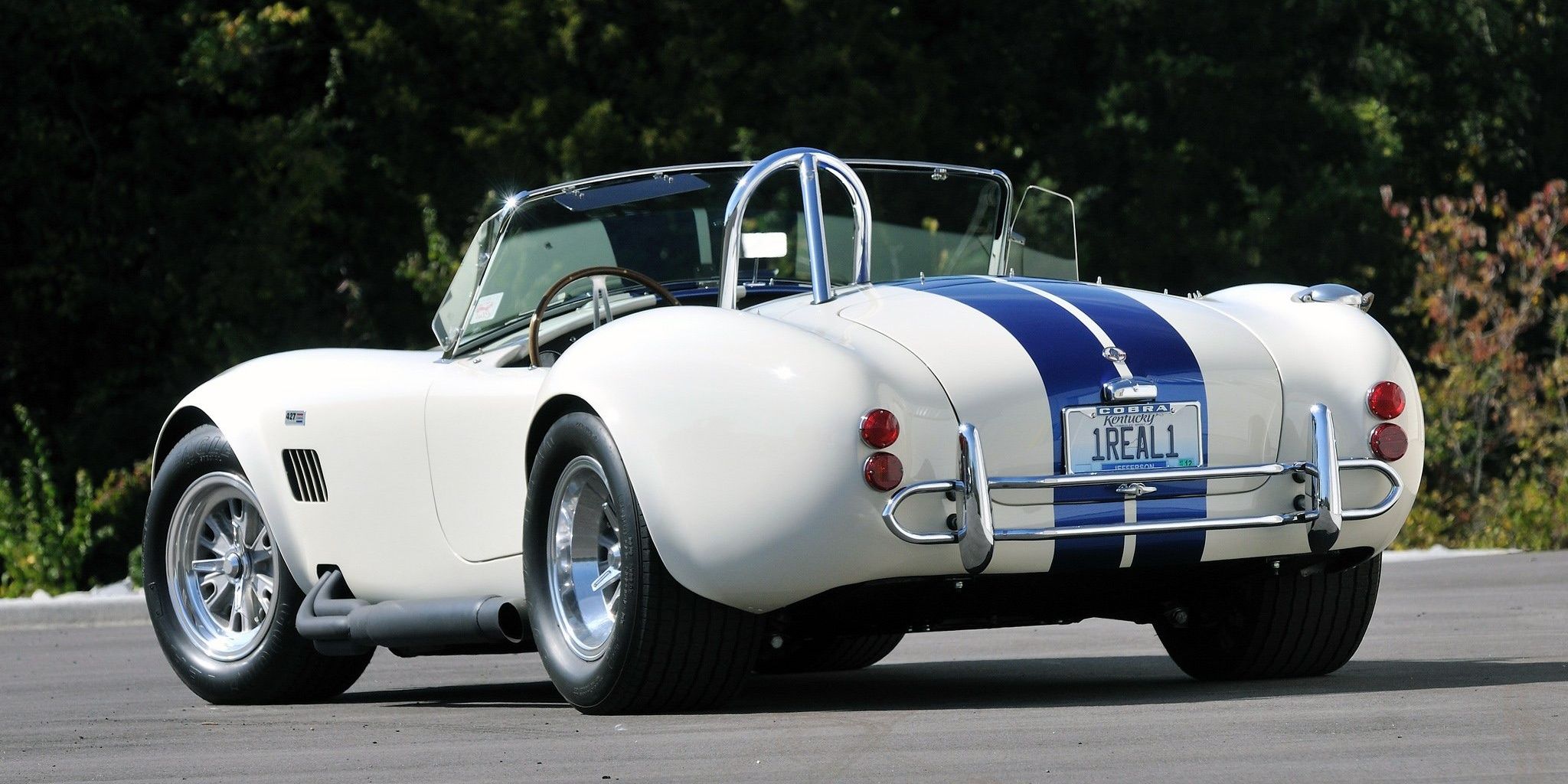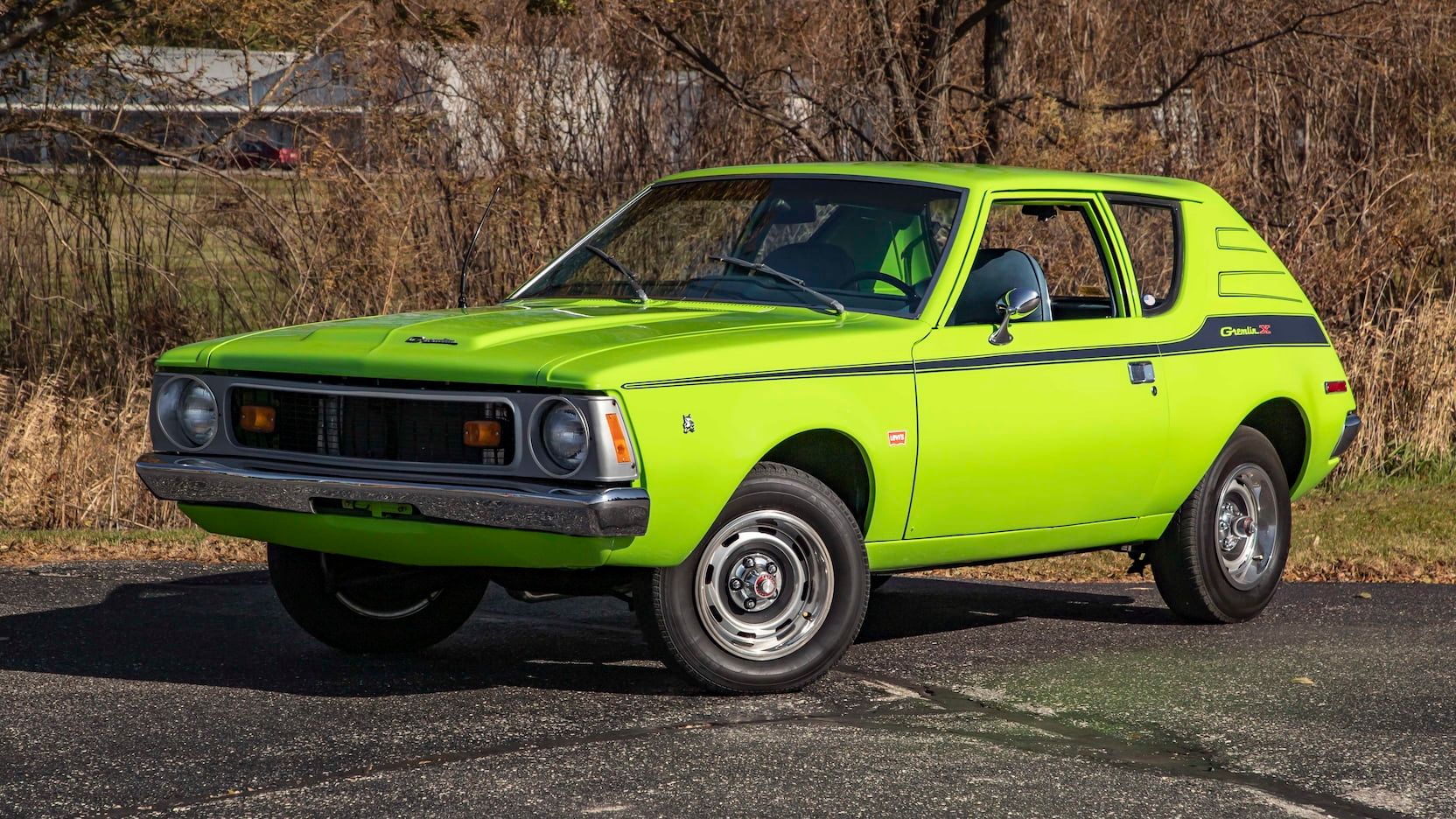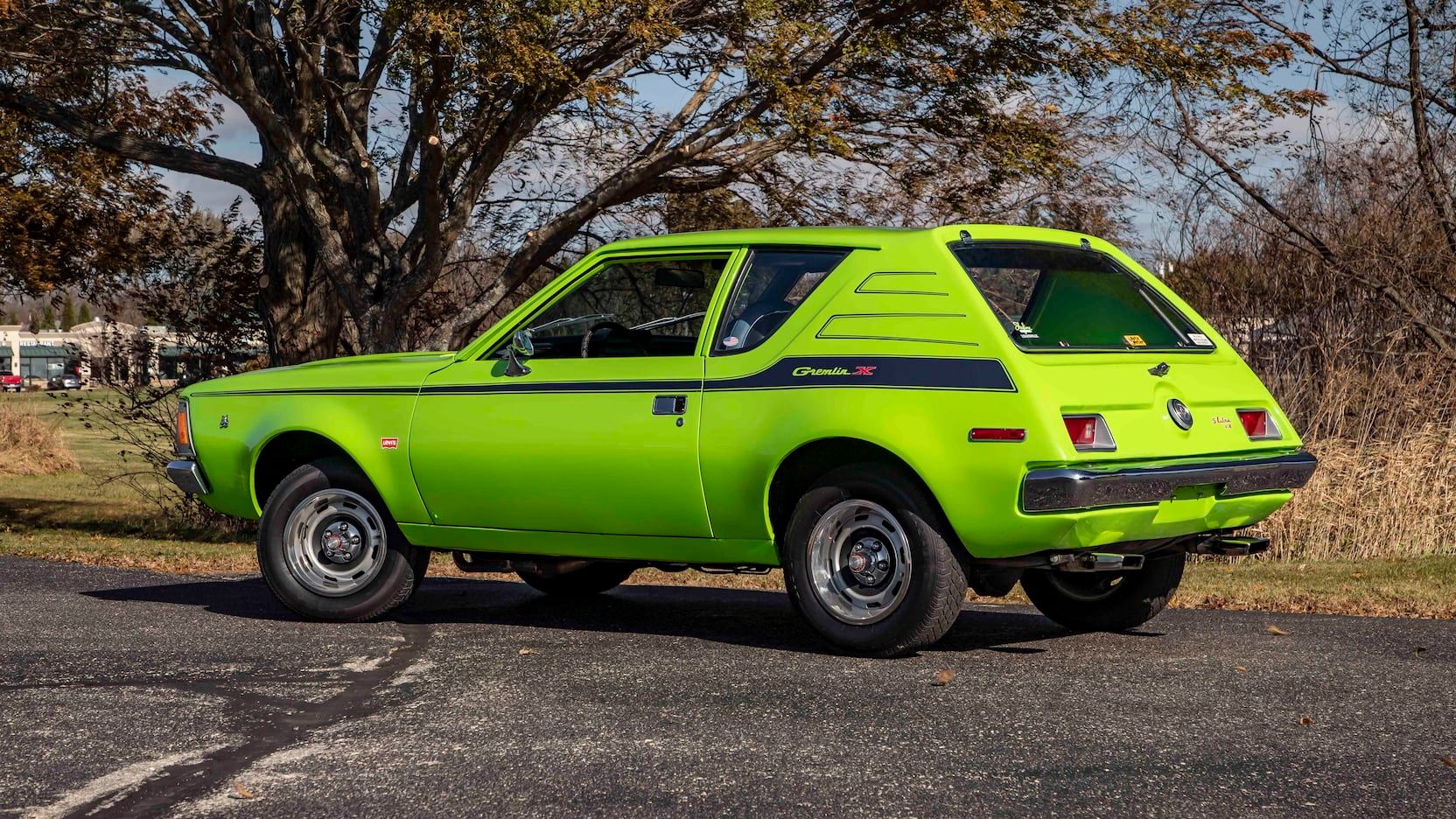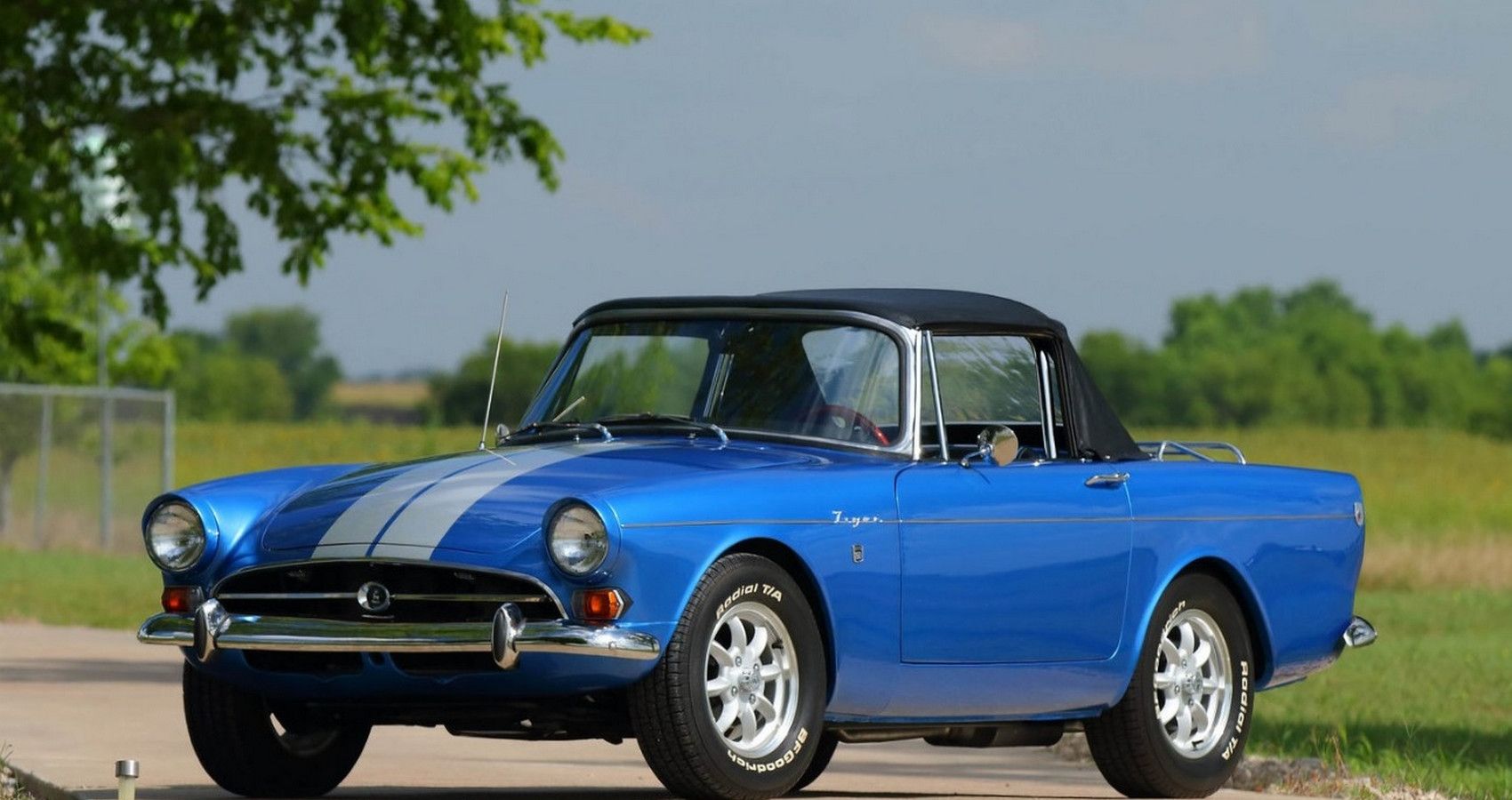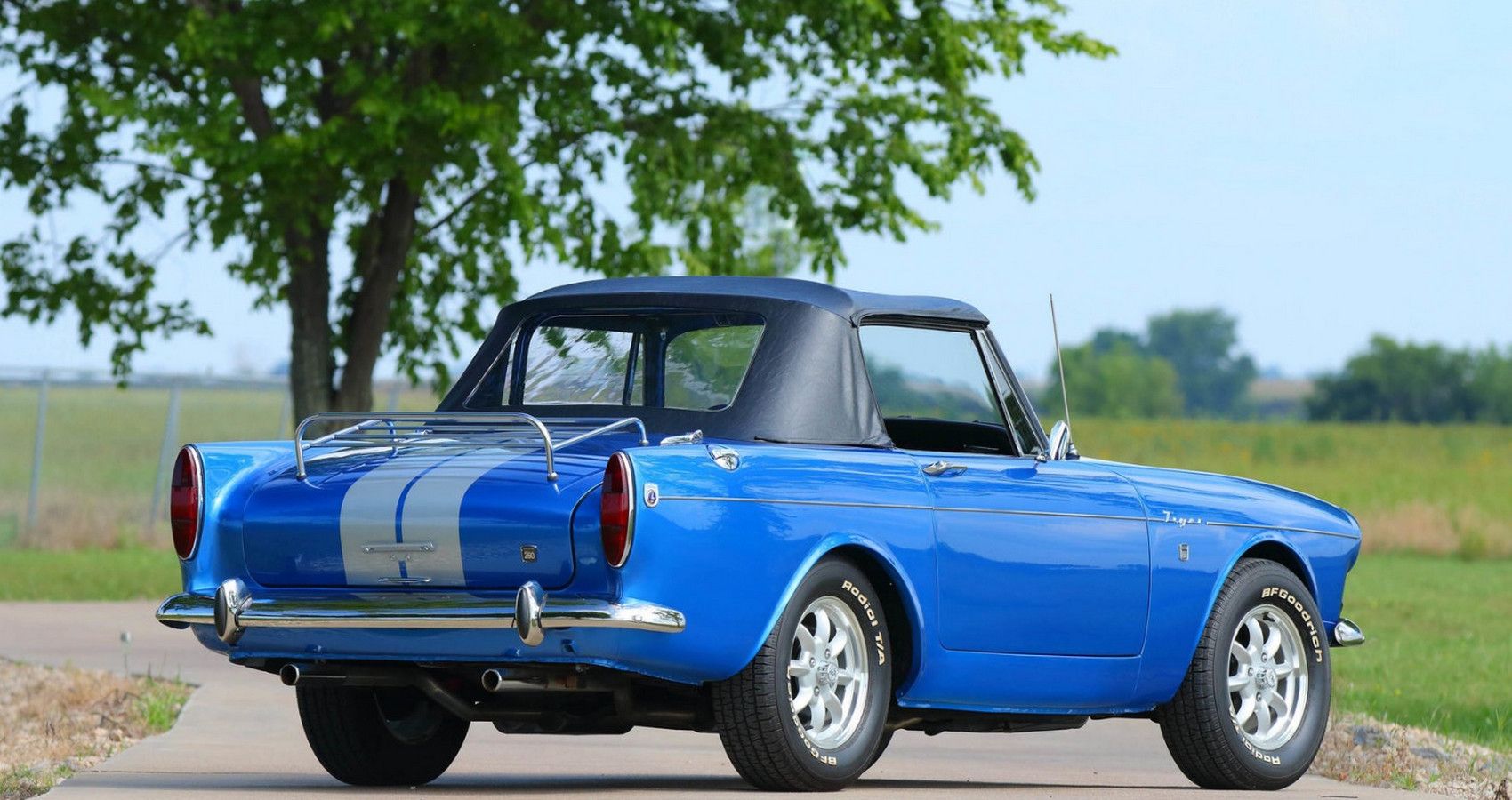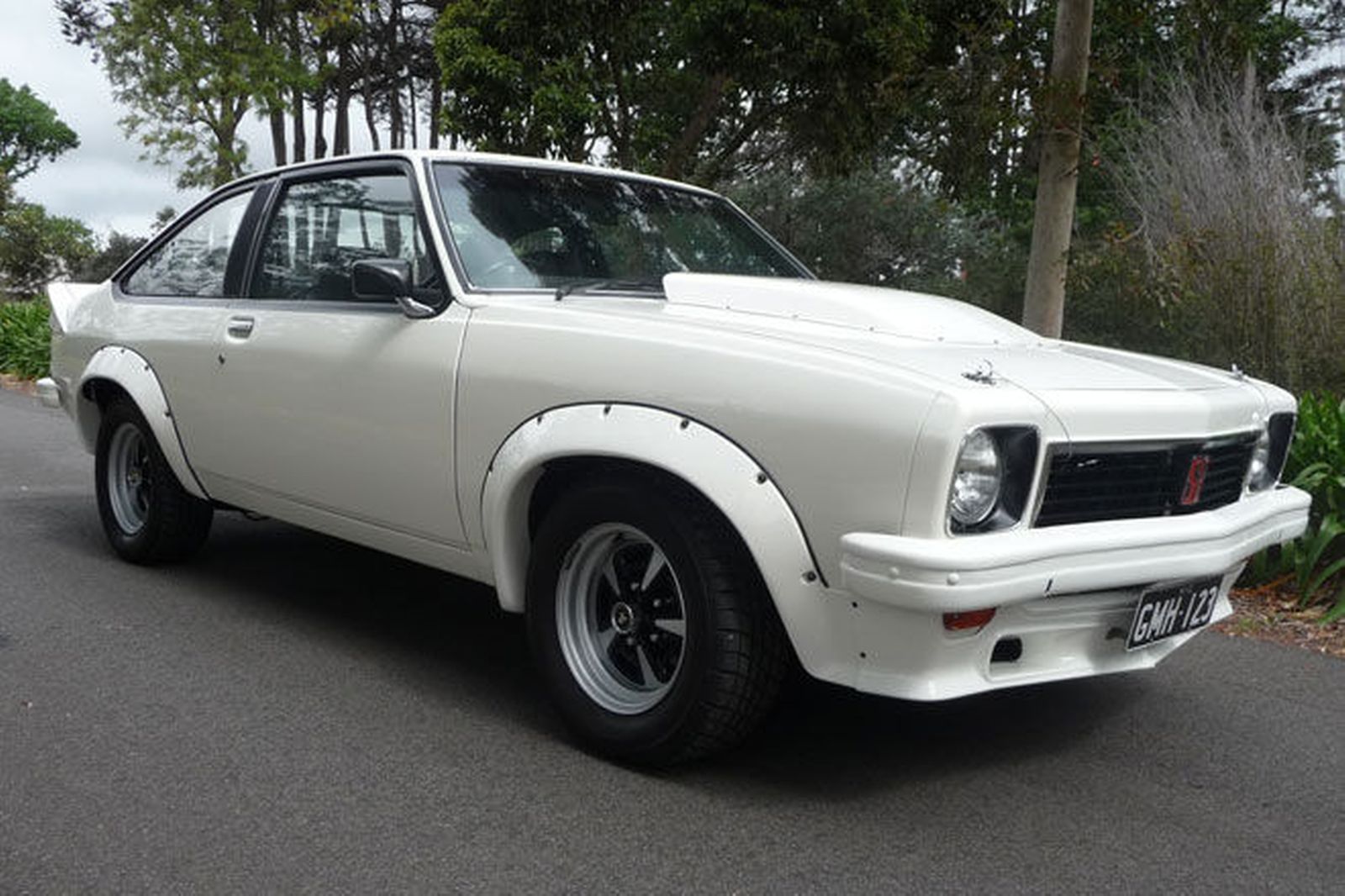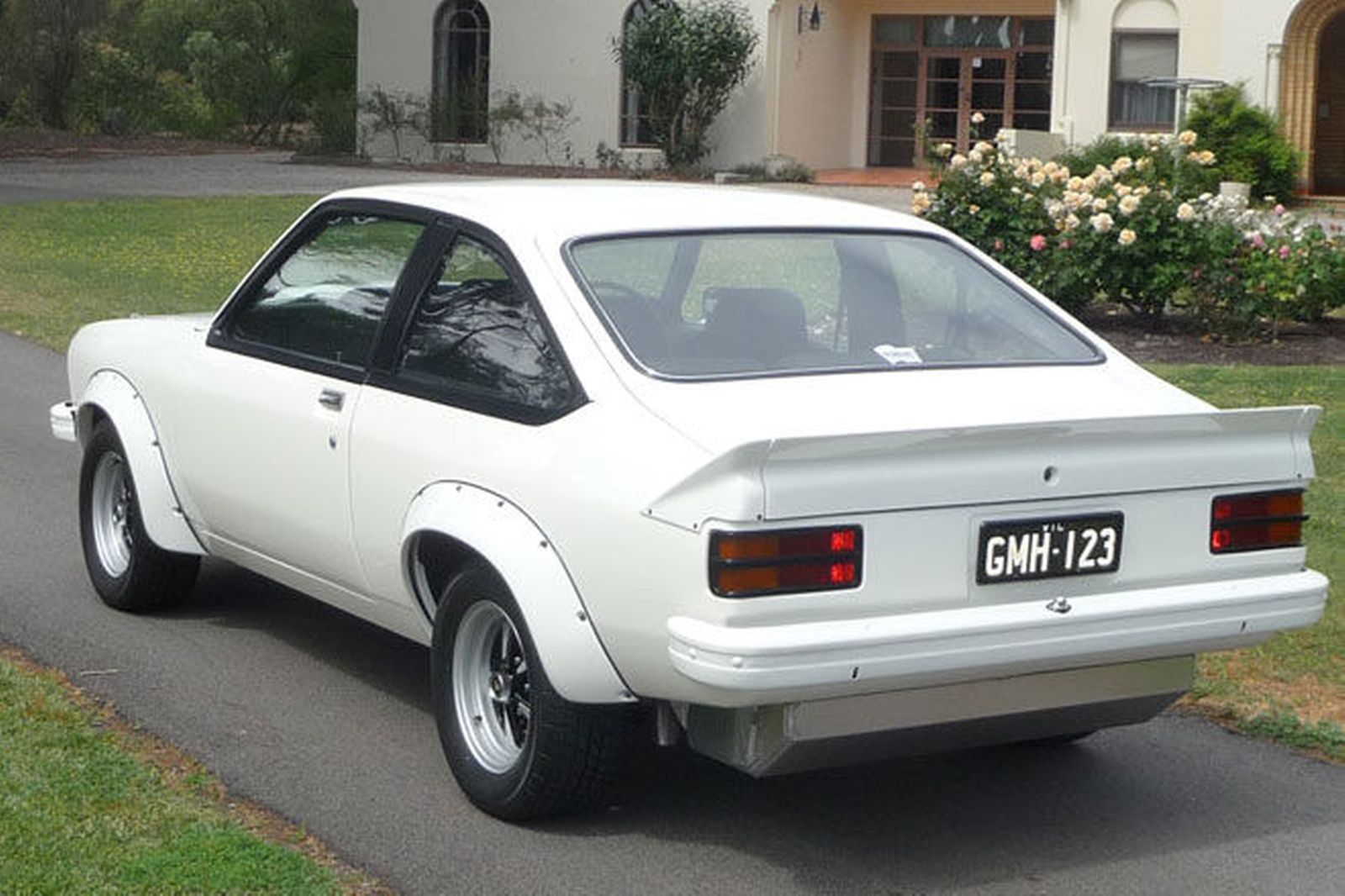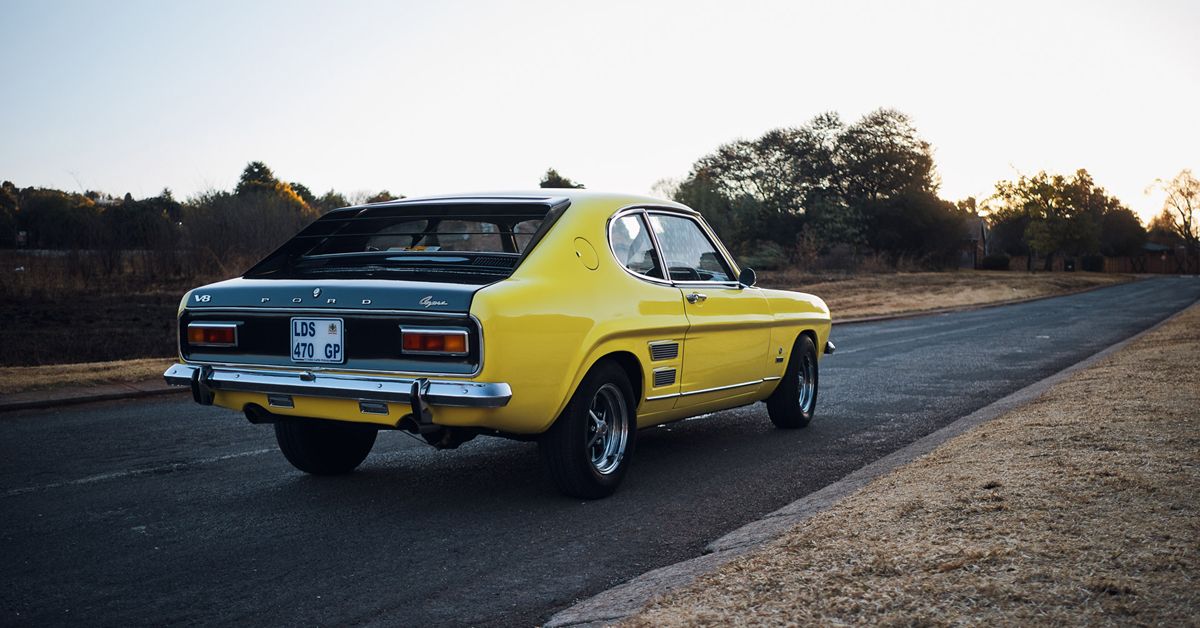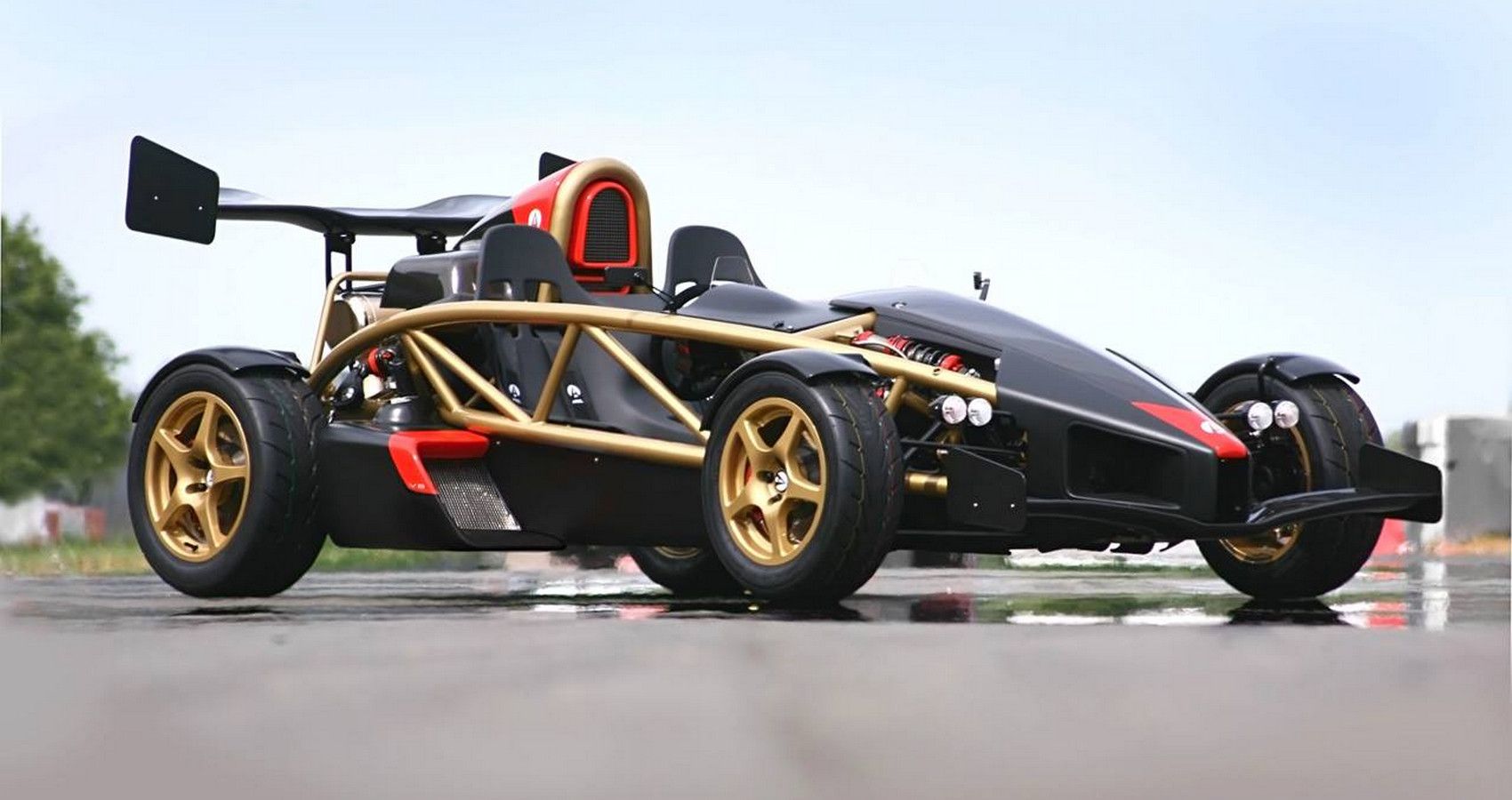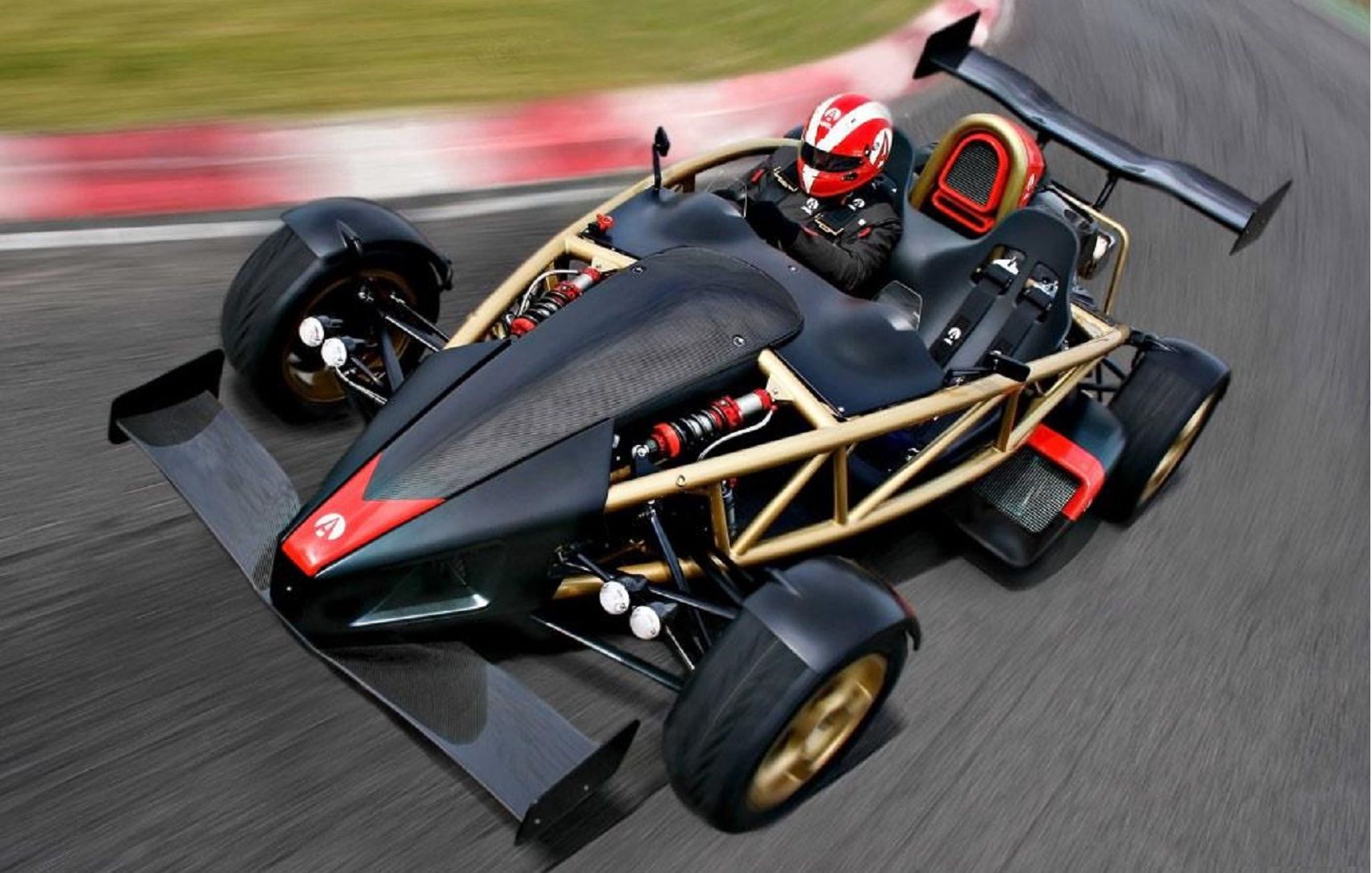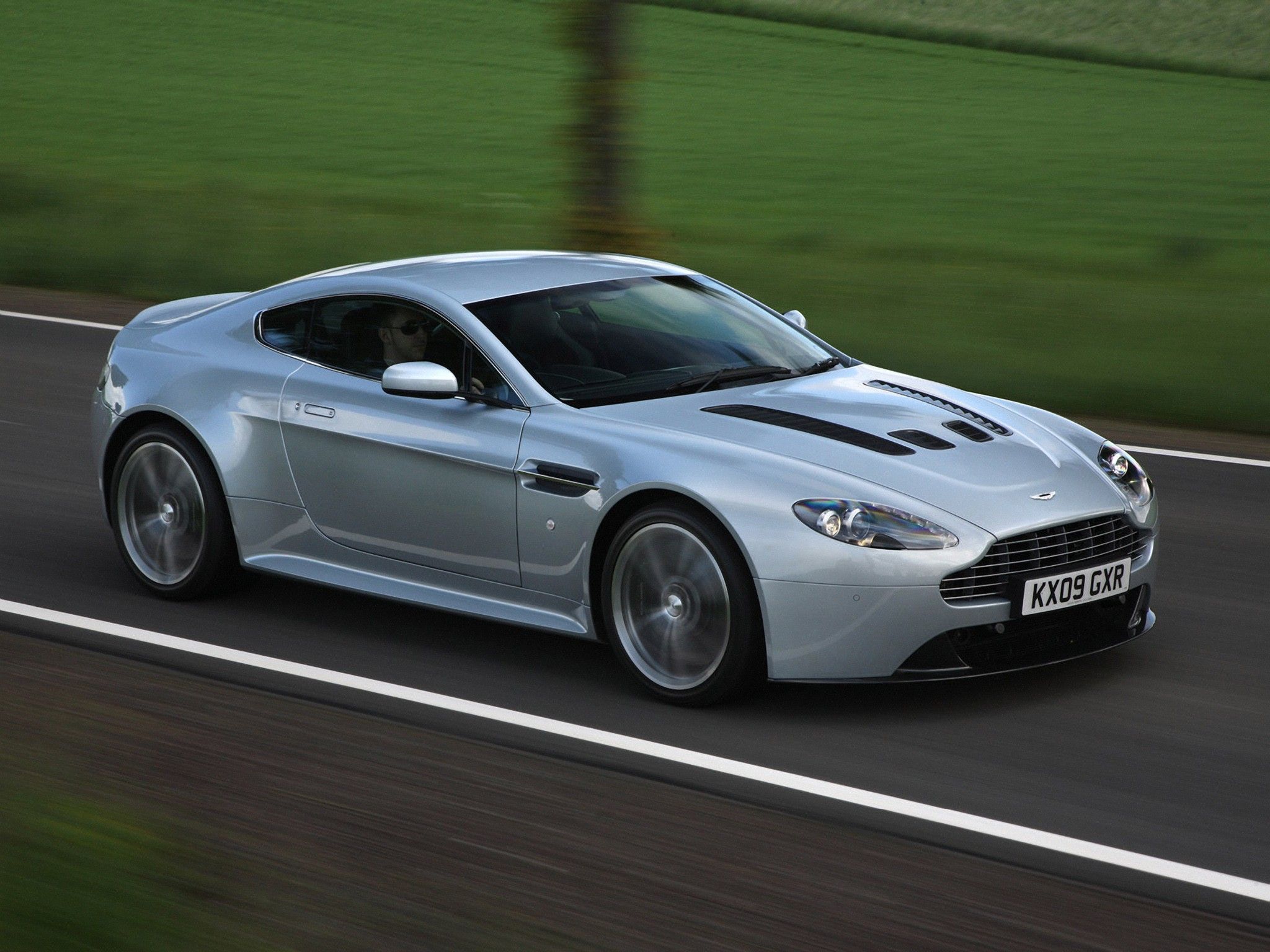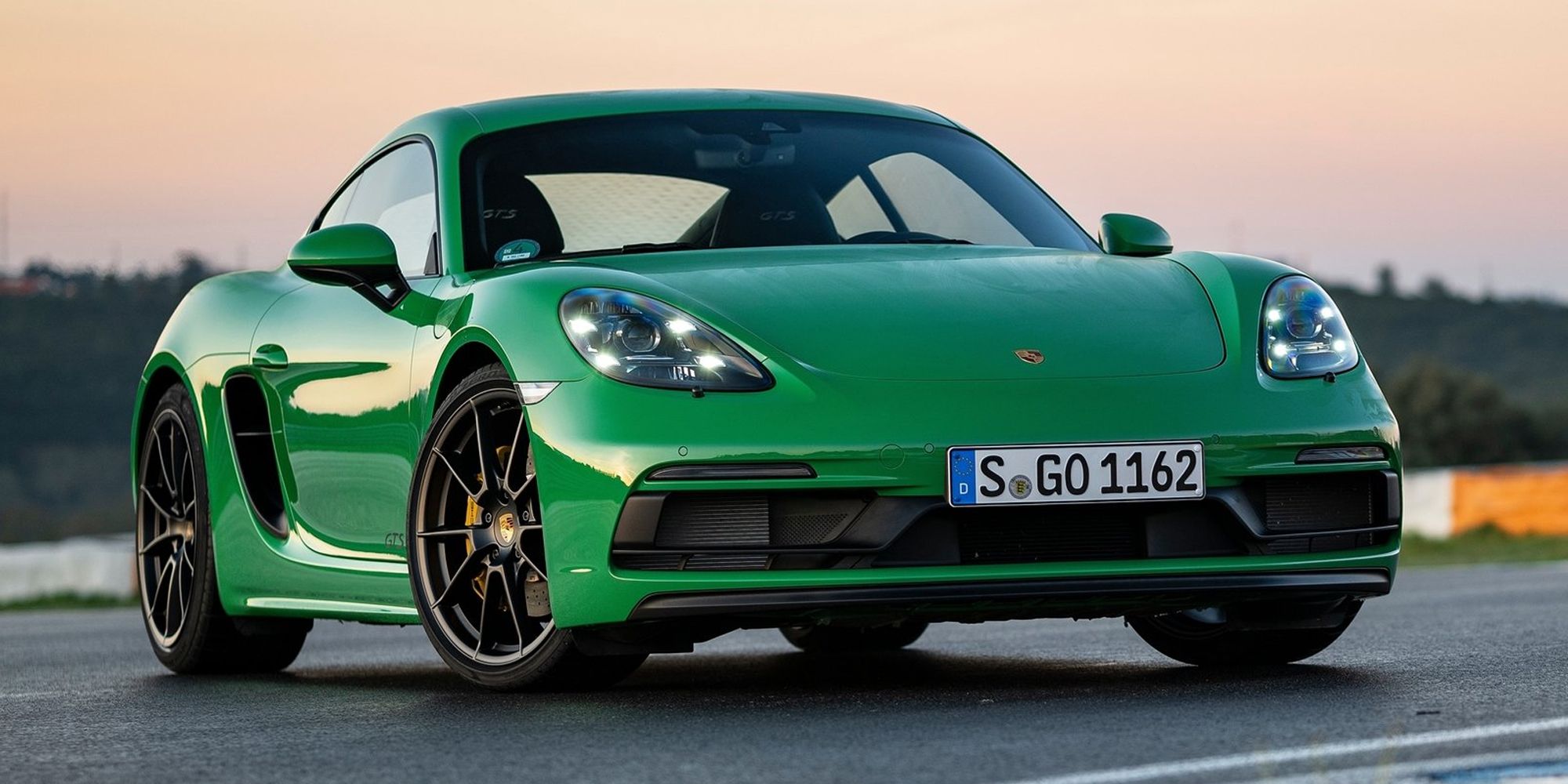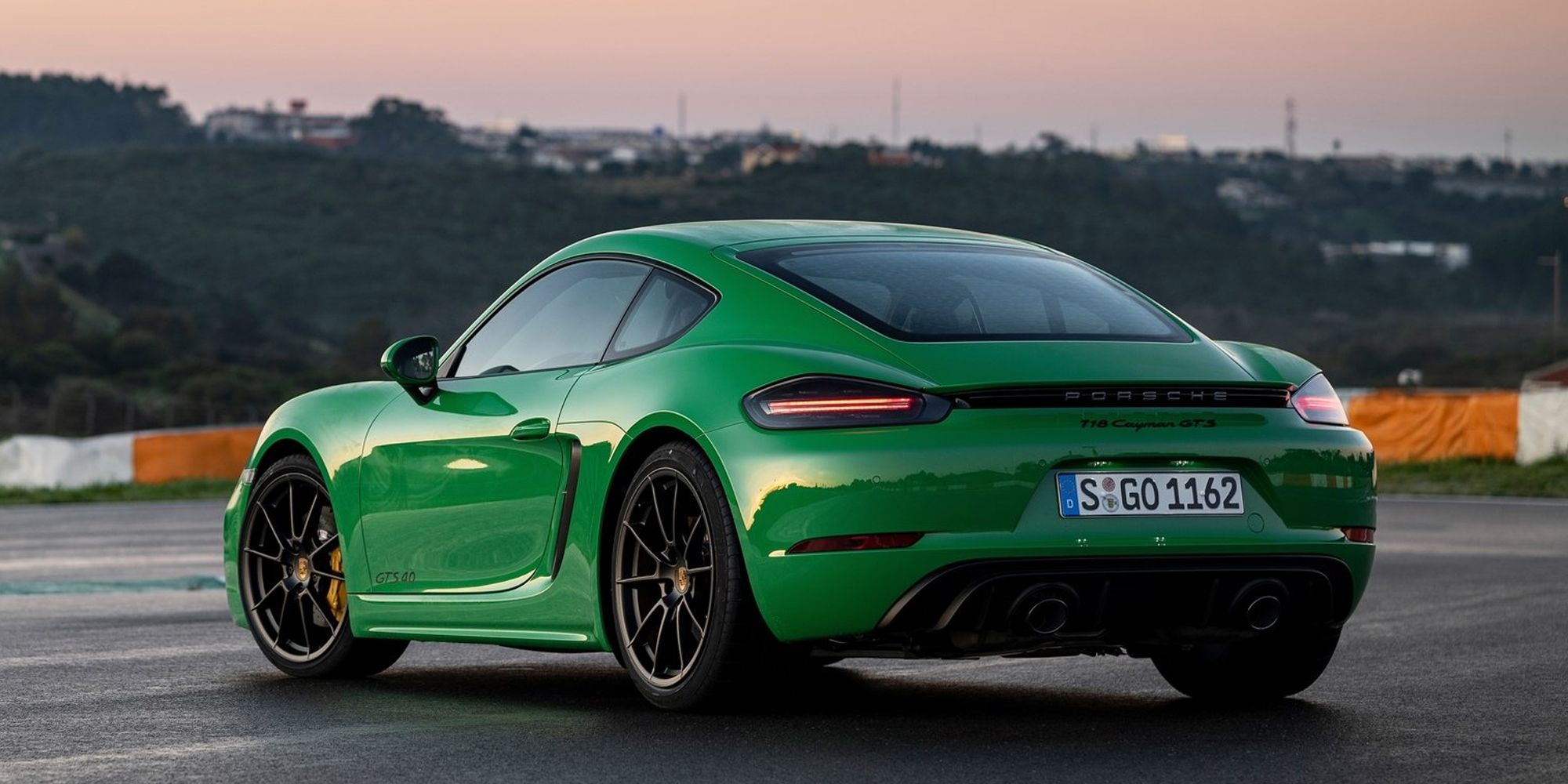[ad_1]
Small cars are a necessity within the automotive world not only to make it easier for people to maneuver their vehicles in the cramped confines of large cities but also for automakers to reduce their global emissions thanks to the smaller engines fitted in them.
Compact cars like the Ford Fiesta, Renault Clio, and Volkswagen Polo usually feature tiny engines in the 1.0 to 1.2-liter range – with some even shrinking to just 0.9 liters in the case of the Clio. These cars are mostly used in towns and cities as runabout vehicles to go to the shops and to work, using the smallest amount of fuel. Luckily for us motoring enthusiasts, some automakers spiced up their small cars by fitting them with larger and more epic engines. The most famous case of this was with the Renault Clio V6, where the French sub-compact featured a mid-mounted 3.0-liter V6. Other such instances included the AC Ace – a British compact sports car that originally had a small straight-6 engine, upgraded to a 7.0-liter naturally aspirated V8.
Smaller cars may mostly have tiny engines, but sometimes, automakers surprise the public with enormous ones, turning the economical city car into a bonafide sports car to compete with the best. Here are ten times carmakers built tiny cars with massive engines compared to their size.
10/10 Renault Clio V6
The Renault Clio was and still is a great little city cruiser, big enough to move DIY construction items but not too large to take up a lot of room in the garage. The second-generation Clio saw a huge improvement in styling and engineering, resulting in the car being sold all over the world.
The best trim of the second-gen Clio involved the RS models. The standard RS featured a 2.0-liter 4-cylinder engine producing either 170 or 180 hp, while the top-spec version was the V6 – a mid-engine little monster with rear-wheel-drive. The Clio V6 was a modern reimagining of the original Renault 5 Turbo – itself a pocket rocket.
9/10 Shelby Cobra 427
The Shelby Cobra 427 started out as the British AC Ace before being revamped for the American market by Shelby American in the early 1960s. The Ace featured a straight-6 engine, but Shelby changed this to a beefy 4.7-liter Ford V8 for their production version.
The Cobra was later upgraded, featuring a better chassis, suspension, and brakes. The improvements also led to the addition of a 7.0-liter V8 with a single 4-barrel carburetor. The Cobra 427 produced an impressive 425 hp and 480 lb-ft of torque, weighing in at just 2,350 lbs. The standard 427 could reach a top speed of 164 mph, while a slightly modified version exceeded 180 mph.
8/10 AMC Gremlin Randall 401-XR
The AMC Gremlin generally has quite a bad reputation for being a ‘lemon’, but much of it is unsubstantiated. The Gremlin was designed to compete with the compact cars of its era, cars like the VW Beetle, Ford Pinto, Toyota Corolla, and Chevrolet Vega. Interestingly, the Gremlin was better than its rivals in terms of performance and fuel economy.
The Gremlin got a 2.0-liter inline-4 sourced from Audi as the economy option, with inline-6s ranging from 3.3 to 4.3 liters, finally ending with a 5.0-liter V8. For 1972, the Randall AMC dealership in Arizona was commissioned to create a special edition of the Gremlin called the 401-XR. This version featured a massive 6.6-liter V8 – in a compact car!
7/10 Lotus Exige
The Lotus Exige was always a relatively small sports car. Granted the last generation was significantly bigger than the original, but it was still minuscule compared to the likes of the Toyota Supra and Ferrari F430. Where the original Exige saw the use of a tiny 1.8-liter 4-cylinder, the newer model got some improved firepower.
Lotus managed to borrow some engines from Toyota, starting with the 1.8-liter found in the Corolla and ending with the current 3.5-liter V6 found in the Emira. The Exige S featured the same engine but supercharged which produced between 310 and 340 hp – depending on the trim. Not bad for a lightweight sports car.
6/10 Sunbeam Tiger
The Sunbeam Tiger is probably most famous for being a heavily modified version of the Sunbeam Alpine. It was also the first car James Bond used in the franchise. Where the Sunbeam Alpine used a small 4-cylinder engine, the Tiger had an upgraded 4.3-liter – and later a 4.7 – V8 sourced from Ford.
The Tiger’s conversion was done by Shelby American and followed much the same route as the AC Ace did to turn into the Shelby Cobra. The engine choices are quite impressive for such a small car – especially since the engine bay had to be altered to fit the big V8s.
5/10 Holden Torana GTR
The Holden Torana was the standard Australian coupe and sedan model which was positioned below the Commodore in the Holden line-up. The Torana featured a 1.9-liter Opel-sourced inline-4, three inline-6s from General Motors, and two versions of the GM V8.
The A9X trim level was the top-tier specification and featured a large 5.0-liter V8 under the hood. The A9X produced just 240 hp but featured heavy-duty components meaning it could easily be modified for racing. In 2021, a Torana A9X sold for nearly $1 million.
4/10 Ford Capri Perana
The Ford Capri was Ford of Britain’s alternative to the Ford Mustang. The Mustang was a large and lumbering sports car that was difficult to use in populated cities, so the more compact Capri was developed. Smaller and more efficient, the Capri became an instant hit in European markets.
The Capri featured a series of small 4-cylinder engines, with the largest of the bunch being a 3.0-liter V6. In South Africa, a small company named Basil Green Motors produced the Ford Capri Perana 5.0-liter Windsor V8-powered model – a homologation for racing. This made the Capri as powerful as the standard Mustang, but with a lot less weight. Not bad for a little British sports car.
3/10 Ariel Atom V8
The Ariel Atom is a car made famous by the fact that it distorted Jeremy Clarkson’s face. The Atom is currently in its fourth iteration, but the most impressive one was the Atom 500. Instead of using a Honda supercharged or turbocharged 4-cylinder, the Atom 500 had a V8.
The engine is a 3.0-liter unit that produces an impressive 500 hp – hence the name – and is mated to a 6-speed sequential gearbox sending power to the rear wheels only. The car features a massive front splitter and a huge rear wing to keep it vaguely connected to the ground. When it was launched in 2008, the Atom 500 became the fastest-accelerating production car, achieving the 0-60 mph sprint in just 2.3 seconds. Scary when the only thing between you and the road is a helmet.
2/10 Aston Martin V12 Vantage
The Aston Martin Vantage of the early 2000s was the revival of the Vantage name, but for a different segment. The Vantage was – and still is – the smaller offering within the Aston Martin line-up. The standard Vantage featured a Jaguar-sourced 4.3-liter V8, later upgraded to a 4.7-liter when the car was updated.
In 2008, Aston Martin did a silly thing and stuffed the massive 5.9-liter V12 from the DBS V12 into the front of the Vantage, creating the V12 Vantage. The car featured all the same options as the V8 version, including a 6-speed manual transmission. The engine was upgraded for the V12 Vantage S and the car gained a 7-speed dog-leg manual as an option. This is a pretty big engine for a sports car on the smaller side.
1/10 Porsche 718 Cayman GTS
The Porsche 718 is currently the smallest model the German brand produces. Both the Boxster and Cayman models feature pretty much the same parts – one just has a fixed roof and the other one doesn’t. The current generation was met with some resistance as Porsche launched them with smaller, turbocharged flat-4 engines.
Due to the massive backlash, Porsche added in the glorious 4.0-liter naturally aspirated flat-6 for the GTS models and up. This was such a good fix that they have dropped the turbocharged flat-4s in many markets, only offering the 4.0-liter. This is the biggest flat-6 engine currently produced by an automaker, fitted into a sports car slightly larger than a Mazda MX-5. How cool is that?
[ad_2]
Source link
